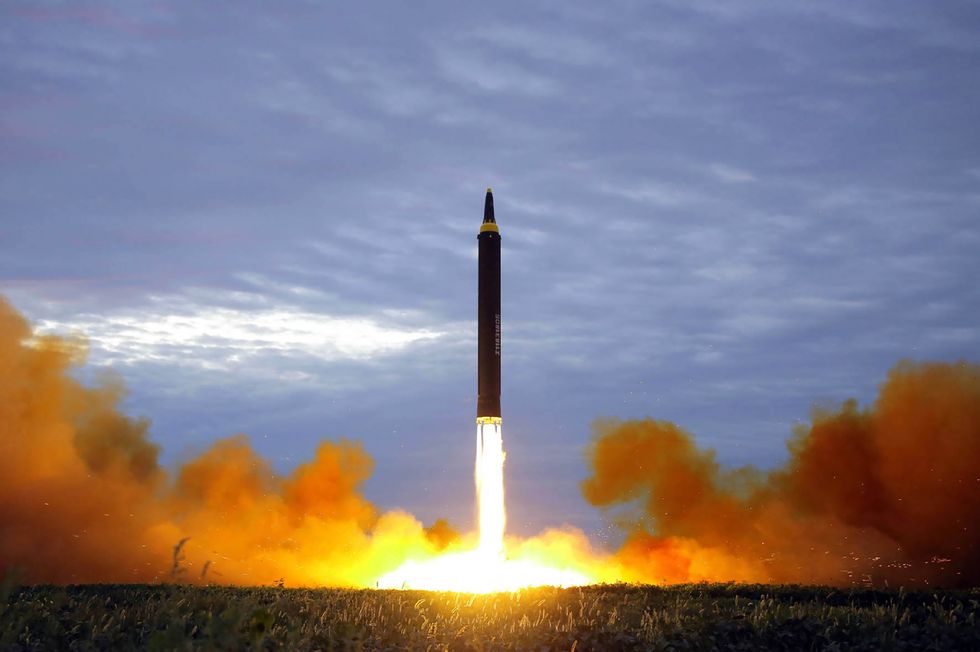
Hawaii residents were shocked Saturday when a missile alert hit their phones early in the morning. However, it was all a "false alarm" officials later said. (STR/AFP/Getty Images)

Residents in Hawaii received an emergency warning on their phones Saturday warning them of a "ballistic missile threat inbound to Hawaii" and were told to seek shelter. But now, officials are calling the warning a "false alarm."
Shortly after 8 a.m. Hawaiian Standard Time, residents in the 50th U.S. state received the alarming message. Immediately, people began tweeting screenshots of the message. The alert was similar to other emergency messages sent out for amber alerts and severe weather notifications.
"BALLISTIC MISSILE THREAT INBOUND TO HAWAII. SEEK IMMEDIATE SHELTER. THIS IS NOT A DRILL," the alert read.
A CNN producer explained that when people saw the alert, they became very nervous and began searching for suitable shelter. Despite the message, he said that air raid sirens on the islands did not go off.
However, officials now say the alert was just a "false alarm."
Rep. Tulsi Gabbard (D-Hawaii) quickly tweeted that she had confirmed there was no real missile threat.
The state's emergency management agency also confirmed there was no threat:
The agency's spokesman, Richard Repoza, told Fox News the alert was a false alarm and the agency was working to determine what triggered the alert. However, Sen. Brian Schatz (D-Hawaii) said the mistake was caused by "human error."
Hawaiian Gov. David Ige later told CNN: "It was a mistake made during a standard procedure at the change over of a shift and an employee pushed the wrong button...The warning went out to cell phones, Television and radio got the emergency alert."
According to the Washington Post, a second emergency alert was sent to Hawaiians informing them of the error.
"There is no missile threat or danger to the State of Hawaii,” the follow-up alert stated. “Repeat. False Alarm."